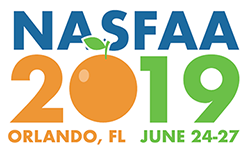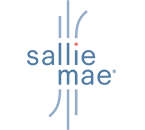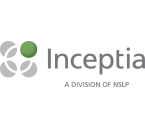Four Questions That Will Determine the Future of Student Aid
By Allie Arcese, Sr. Director of Strategic Communications & Engagement
By Allie Bidwell, NASFAA Senior Reporter
With a presidential election and potential reauthorization of the Higher Education Act (HEA) on the horizon, opinions abound regarding how to reform the country’s higher education system to better serve students. While lawmakers may be zeroing in on specific policy proposals, there are larger questions being debated, albeit unknowingly.
During the final session of the 2019 NASFAA National Conference in Orlando Thursday, NASFAA President Justin Draeger and Vice President of Policy and Federal Relations Megan Coval shed some light on what impact these policy proposals have for the fundamental philosophy of higher education. Proposals that seek to increase accountability for institutions, make college tuition- or debt-free, or mandate annual loan counseling, for example, are really taking a stance on questions such as:
- Who has the primary responsibility to pay for college?
- Who is primarily responsible for student success?
- Is the current institutional business model sustainable?
- Is college worth it?
“Where you fall on this side of the equation … leads to potentially some very different public policy outcomes,” Draeger said. “And while this question isn’t being posed specifically, at least in public debate, this is largely what we’re debating.”
Those who believe the primary responsibility to pay for college lies with students and families, for example, will likely also believe in some sort of need analysis formula, he said, as well as consumer information. Those who believe the responsibility lies with society or the public, he said, will more likely gravitate toward policies that focus on outcomes measures and institutional accountability.
The reality, however, is that there’s also a large amount of middle ground between those two camps of thought, which complicates the discussion, Draeger said.
The conversation around higher education cost and quality has also shifted in the last 10 years. In 2008, Draeger said, higher education was part of the conversation. But today, higher education is talked about “in every single policy conversation,” he said.
“That’s a good thing. And it can be a bad thing,” he said, noting that policy proposals don’t always line up with the reality of what students are facing, or the political climate of the day.
Free college, for example, may sound like a simple concept to students and families, or even to some politicians, but is a much more complicated concept for those who work in higher education. Most of the presidential candidates, Draeger said, have not yet nailed down exactly what they mean by free college—whether it’s for two years or four, paid for on the front or the back end, or whether it covers tuition and fees or all expenses.
And with policy proposals and regulations also come more requirements for institutions. One lesson that can be learned from the reauthorization of the Elementary and Secondary Education Act is that increased accountability doesn’t address underlying issues of inequality, Draeger said.
“If we miss the boat on those issues, we could end up doing more harm than good,” he said.
Likewise, policy proposals related to student success shed light on who lawmakers may think bears the responsibility for student success, Coval said. If they push for a student unit record system, or more consumer information, for example, they may believe students and families bear the responsibility. Risk-sharing proponents may feel that institutions are primarily responsible for student success
Additionally, things like school closures or scandals within higher education—such as the recent “Varsity Blues” college admissions scandal—can impact how both lawmakers and the public at large view higher education as a whole, whether or not those instances apply to the vast majority of institutions.
When schools close quickly and without warning, for example, it becomes “a black eye” on all institutions, Draeger said. Likewise, instances such as the admissions scandal may reinforce ideas the public has that the system is “rigged.”
Still, 70% of the general public says it’s very important that Americans get some form of college education, but many feel that the system as structured needs to improve. Further complicating the situation, and how policymakers can address concerns, is the fact that there is a partisan divide on the reasons why people feel America’s higher education system is not working.
“When we hear the system is rigged, and when we see scandals in the institutions in this country, it can make the most optimistic person cynical. When it feels rigged, it means there’s no opportunity,” Draeger said.
“I’m reminded that we play a very large, important, and vital role in bringing and in some cases restoring the hope that wherever you are right now … there is a pathway forward that can break sometimes generational wealth gaps and disparities,” he said. “That’s the commitment it’s going to take from all of us to tackle the issues we talked about today.”
Publication Date: 6/28/2019












You must be logged in to comment on this page.